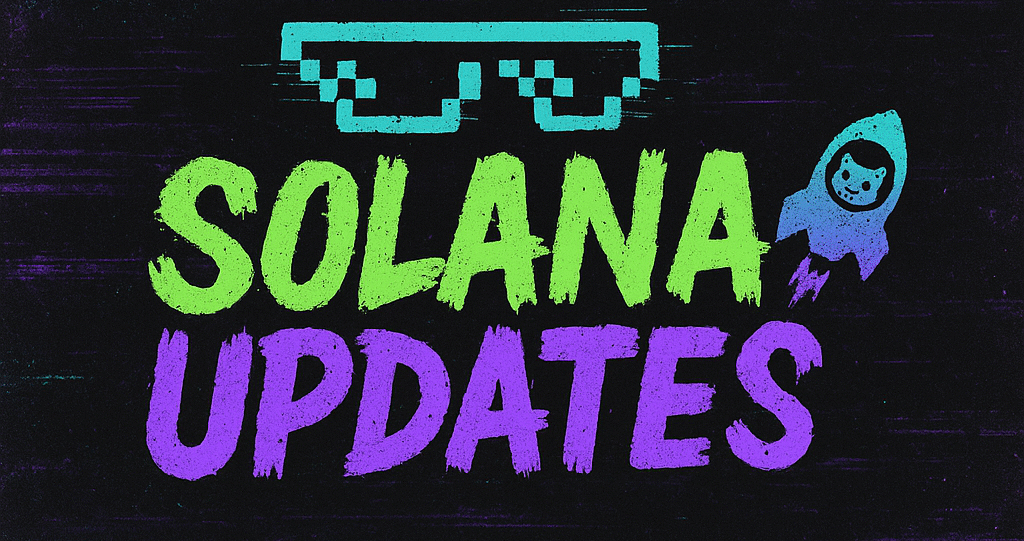The European Union’s (EU) recent proposal to centralize cryptocurrency oversight under the European Securities and Markets Authority (ESMA) has stirred a significant debate within the industry. This move, which aims to enhance regulation and oversight, is causing concern among crypto firms and policy experts, particularly regarding its potential impact on the Markets in Crypto-Assets (MiCA) framework.
At the heart of the controversy is the question of how this centralization might affect innovation. The MiCA framework was designed to provide a comprehensive regulatory structure for cryptocurrencies across EU member states, fostering a consistent approach while allowing for innovation. However, the potential for ESMA to take on a supervisory role raises fears that it could lead to increased bureaucracy and slower adaptation to the fast-paced changes typical of the crypto industry.
Policy experts have voiced concerns that centralizing oversight could stifle the growth of crypto firms and fintech startups, which thrive on agility and the ability to swiftly respond to market changes. John Doe, a prominent fintech policy analyst, warned, “While the intention behind central oversight is commendable, it risks creating a one-size-fits-all regulatory environment that could hinder the unique and diverse nature of crypto innovations.”
On the other side of the debate, proponents argue that a centralized oversight could provide much-needed clarity and consistency across the EU. This could potentially lead to increased investor confidence and a more secure market. Jane Smith, a senior advisor at a major European investment firm, stated, “Centralizing oversight under ESMA can ensure that all crypto activities are subject to the same rigorous standards, protecting investors and maintaining market integrity.”
Despite these arguments, the potential drawbacks remain a significant concern. Critics argue that the current MiCA framework, which allows for national authorities to have a degree of oversight, offers a balanced approach that encourages innovation while maintaining necessary regulatory standards. They fear that the shift towards centralization might negate these advantages by imposing stringent regulations that could be cumbersome for smaller players.
The debate over ESMA’s potential role highlights a fundamental tension in the crypto space: the need for regulation versus the need for flexibility and innovation. As the EU continues to grapple with these issues, the outcome of this proposal will likely have significant implications for the future of crypto regulation in Europe.
For now, the industry awaits further developments, hoping for a resolution that balances the need for oversight with the freedom to innovate. As discussions continue, stakeholders from all sides are keen to ensure that whatever the outcome, the EU remains a hub for crypto innovation and development.
🛒 Recommended Product: Check out top-rated crypto gear on Amazon


